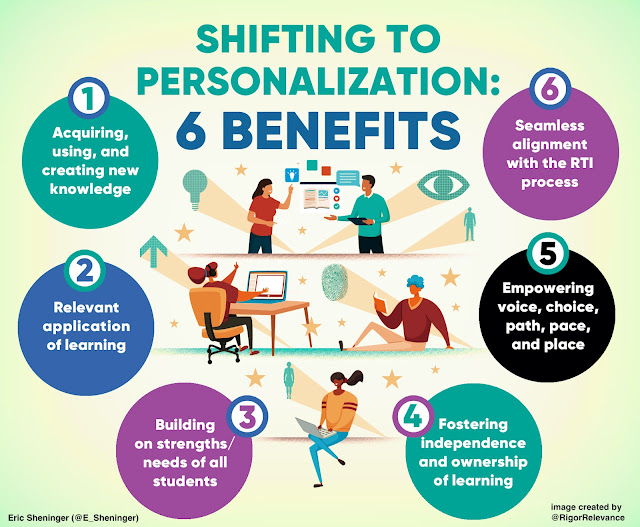Last week I shared the news that Disruptive Thinking in Our Classrooms: Preparing Learners for Their Future was published a year ago. While I am proud of all the books that I have been honored to write, this one was a bit more special. For starters, it represented my first major publication that veered away from a leadership focus. Since a great deal of my time as of late has been in the role of a coach, I wanted to share insight that has been gleaned through visits to numerous schools and countless classrooms. Another driving force for this book was to bring a shining light on all the fantastic practices spearheaded by educators both prior to and during the pandemic.
ConnectEDD Publishing was the perfect partner for this project as Jimmy Casas and Jeff Zoul have immense experience in the realm of school culture. They also provided me complete autonomy to craft a manuscript in a way that worked best for me, not them. However, their honest feedback along the way pushed me to reflect deeply on several aspects that differentiate the book from others, most notably the disruptive challenges at the end of each chapter. There is also a comprehensive study guide making it an excellent resource for book studies or Professional Learning Communities (PLCs) as special bulk discount pricing is available. If interested, reach out to info@connectedpublishing.com. For more details on the book, click HERE.
Despite my attempt to publish an “evergreen” book that will withstand the test of time, things do change. This mostly centers on how I process and reflect upon ideas written about where there is now additional context, thanks to all my time in schools. I regularly create supplemental material through this blog that weaves together additional research connections, practical examples, and deeper insight. I have organized all updated content into the four main components of the book below while also noting the chapter alignment.
Re-thinking “normal”
- Student Success Relies on Future-Proofing Learning (Chapter 1)
- A Literate Learner (Chapter 1)
- Tackling the Status Quo (Chapter 2)
Re-thinking learning
- Evolving Instruction in a Rapidly Changing World (Chapter 3)
- Different Ways to Show Learning (Chapter 3)
- Setting the Stage for Current and Future Learner Success (Chapter 3)
- How to Make Learning Stick (Chapter 4)
- Sparking Inquiry in the Classroom (Chapter 4)
- The 6 Dimensions of Disruptive Thinkers (Chapter 4)
- Upgrading the KWL Chart (Chapter 4)
Re-thinking the learner
- Shifting Our Focus (Chapter 5)
- Shifting Our Practice (Chapter 5)
- Empowerment Through Choice (Chapter 5)
- A Path to Equity (Chapter 5)
- The Many Faces of Student Voice (Chapter 5)
- Blending with the Station Rotation Model (Chapter 5)
- RTI and Personalization: A Dynamic Duo (Chapter 5)
- Four Practical Ways to Blend (Chapter 5)
- Time is the Best Resource You Have (Chapter 5)
- Re-Thinking the Learning Environment (Chapter 6)
- Virtual Learning Done Right (Chapter 6)
Re-thinking our mindset
- Outlier Practices Make or Break the Learning Experience (Chapter 7)
- Strength in Vulnerability (Chapter 8)
- Don’t Use a Lot Where a Little Will Do (Chapter 8)
- Your Lasting Legacy (Chapter 8)
There is a great deal to unpack in all the above posts. If you are a visual learner, you can check out how I have curated these resources on Pinterest. Experience has and always will shape our perspective. In a world constantly influenced by disruptive forces, it only makes sense to look for ways to disrupt our practice for the betterment of those we serve.





